Lighting Techniques in Photography: A Guide to Perfect Lighting
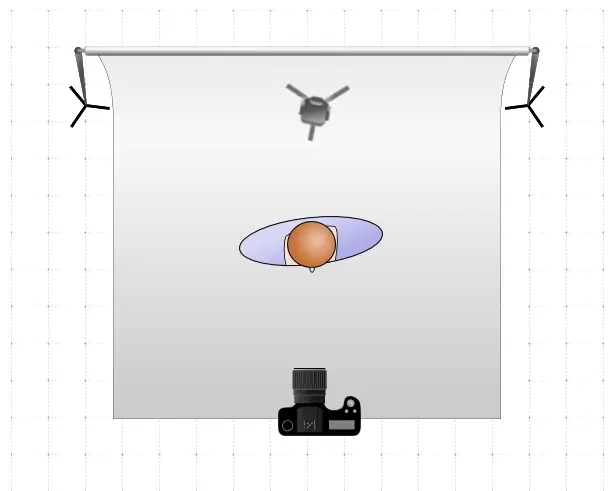
1. Backlighting
Backlighting positions the light source behind the subject, creating a halo or silhouette effect. This technique can add a dreamy, ethereal quality to photos, especially when used during golden hour or in low-light environments. Backlighting works well for outdoor portraits, where the light filters through hair or creates a soft glow around the subject. It’s also popular in landscape photography, as it highlights the contours of objects and creates a sense of depth. Backlighting is excellent for creating atmospheric images and can add an element of warmth or mystery to a photo.
2. Broad Lighting
Broad lighting illuminates the side of the subject’s face that is closer to the camera, making it appear wider and fuller. This technique is commonly used for portrait photography, especially for subjects with narrower faces, as it tends to “broaden” the face. It’s a simple, effective lighting technique that helps reduce shadows and creates a softer look. Broad lighting can be useful for achieving a more relaxed, open appearance in portraits, making it ideal for corporate headshots, lifestyle photography, or any situation where a softer effect is desired.
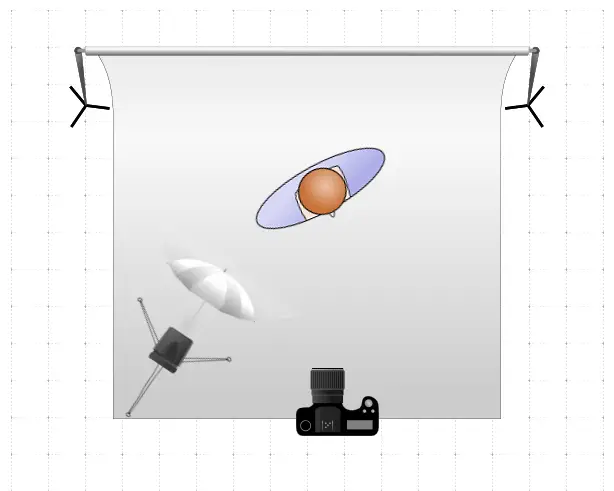

3. Short Lighting
Short lighting, on the other hand, illuminates the side of the face that is turned away from the camera, casting the broader side in shadow. This technique creates a slimming effect, making it particularly suitable for portraits of subjects with round or fuller faces. Short lighting adds depth and contrast, helping to sculpt facial features and giving the portrait a more dramatic feel. It’s also a great choice for creating a mysterious or moody atmosphere in photos. Short lighting works well for artistic portraiture or storytelling images that aim to evoke a specific emotion or mood.
4. Rembrandt Lighting
Named after the famous Dutch painter Rembrandt, this lighting technique creates a small, triangular patch of light on the shadowed cheek, just beneath the eye. Rembrandt lighting adds a sense of depth and dimension to portraits, making it a popular choice for creating classic, dramatic images. This technique requires careful positioning of the light at a 45-degree angle to the subject’s face, usually slightly above eye level. Rembrandt lighting is ideal for capturing moody portraits with a timeless feel, often used in fine art photography and character-driven headshots.
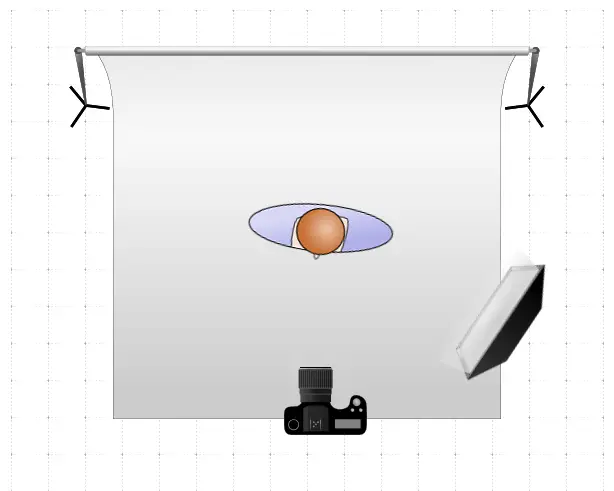
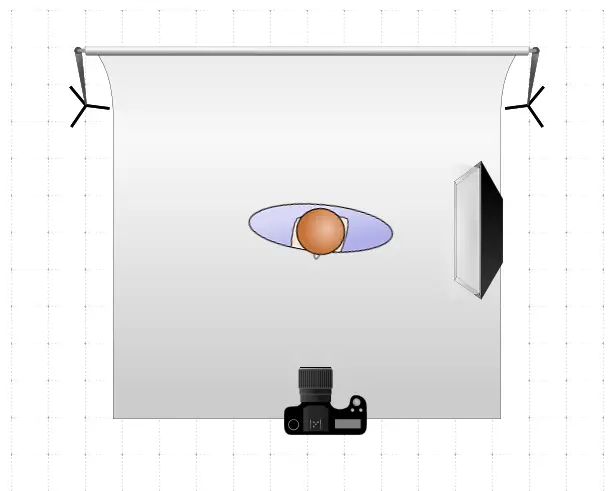
5. Split Lighting
Split lighting divides the face into two equal halves, with one side fully lit and the other in shadow. This technique creates a striking, high-contrast effect that adds mystery and drama to portraits. Split lighting is often used in cinematic or editorial photography to convey intensity or evoke a sense of intrigue. It works well for character portraits and dramatic storytelling, where the lighting helps to convey a strong mood or personality. For best results, position the light source directly to the side of the subject, illuminating only one half of the face.
6. Butterfly Lighting
Butterfly lighting, also known as Paramount lighting, is characterized by a small, butterfly-shaped shadow under the nose. This technique is created by positioning the light source directly above and slightly in front of the subject. It’s a flattering setup, especially for subjects with high cheekbones, as it enhances facial symmetry and highlights the cheekbones. Butterfly lighting is popular in beauty and glamour photography, as it provides a polished, glamorous look. This technique is especially effective for creating clean, professional headshots or beauty portraits that emphasize facial features.
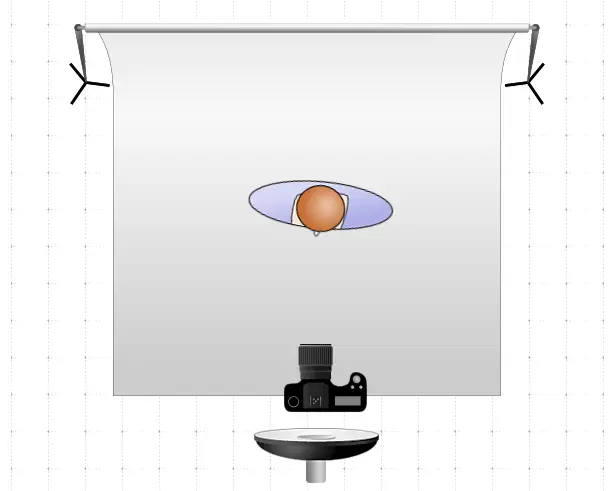
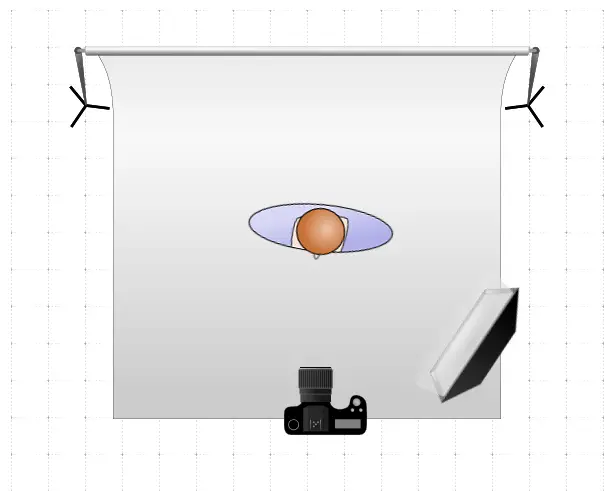
7. Loop Lighting
Loop lighting is named for the small, loop-shaped shadow that appears on the side of the nose opposite the light source. This technique is flattering for most face shapes and is versatile enough for both professional and casual portraits. Loop lighting adds depth without creating too much contrast, making it a good choice for natural-looking images. To achieve loop lighting, place the light at a slight angle to the subject and above their eye level. This setup is often used in portrait photography, as it creates a soft, pleasing effect that adds dimension without being overly dramatic.

